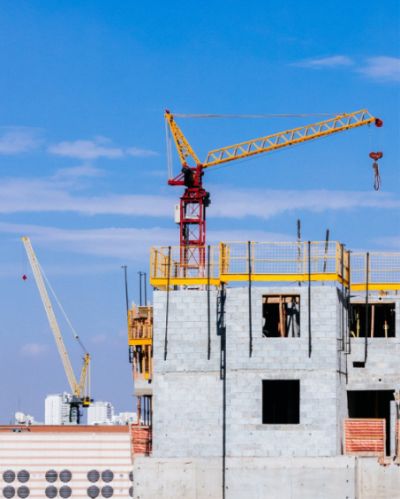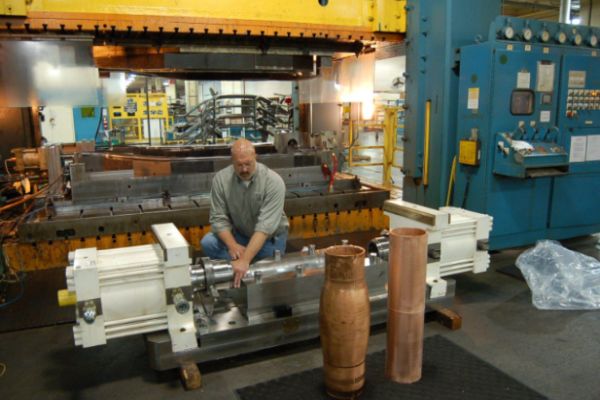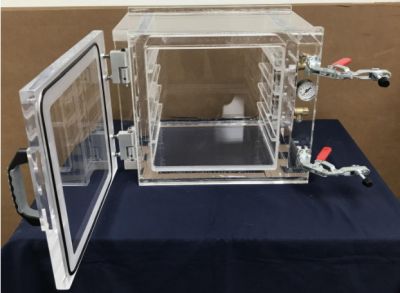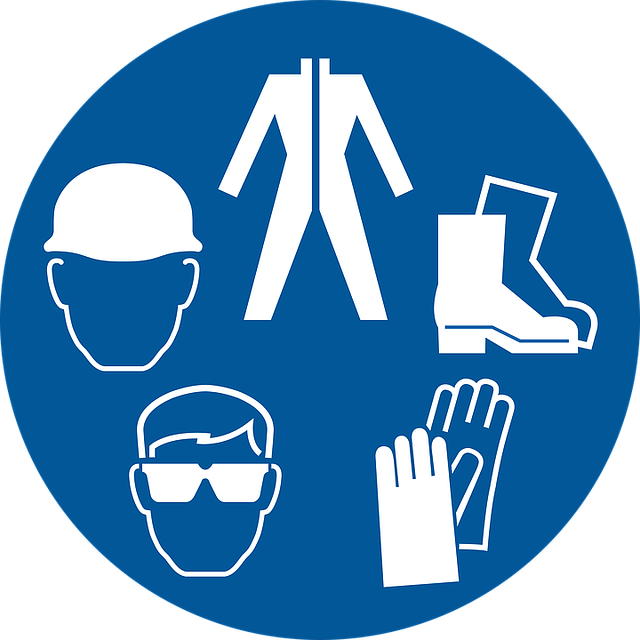6 Types of Excavator You Could Need On Your Construction Site
 When your business has a big contractor and industrial needs that involve work like mining, construction, and demolitions, there is a good chance you will need one or more types of excavators for upcoming projects.
When your business has a big contractor and industrial needs that involve work like mining, construction, and demolitions, there is a good chance you will need one or more types of excavators for upcoming projects.
In a nutshell, an excavator is a type of industrial construction equipment “consisting of a boom, dipper (or stick), bucket & cab on a rotating platform known as the ‘house'”.
Using these different components, the individual controlling the machine can move and pick up weights that are otherwise unmovable with human effort alone.
Because these powerful machines are expensive, many companies turn to excavator dry hire services on a project-to-project basis. In doing so, they only need to pay for the equipment when there are projects that require its use.
As a result, organizations can reduce unnecessary spending while still having the tools necessary to complete every project that comes their way.
The thing is, not all excavators are the same. Therefore, before you can decide on what kind of equipment a job requires, it can be helpful to have a thorough understanding of what options are available.
Depending on your organization’s specific situation, you may need one of the following types of common excavators.
1. The Crawler
If you are dealing with hilly areas and uneven terrain on a project’s land, a crawler excavator is likely on the list of machines, you will need. This excavator works particularly well for mining, landscape grading, and trench digging with a tank-like chassis and a chain tracking system.
One of the best things about this excavator is the increased balance and stability it can provide. In addition, it can give operators more flexibility when moving around.
2. The Dragline
On the other hand, if a project entails large-scale civil engineering work such as canal dreading, you will likely need something that your crew can put together on-site.
A dragline excavator can be a great choice for these kinds of projects because of its hoist rope system that allows it to attach to a dragline. Other good uses for this model include underwater projects and road excavations.
3. The Suction
For projects that call for a bit more care due to delicate underground work, a suction excavator can significantly reduce the risk of machine-related damages.
To make this possible, first, the excavator loosens the ground with a water jet. Then, using a suction pipe with sharp teeth creates a vacuum that can rapidly clear out soil and debris.
4. The Skid Steer
If you need a machine that can handle narrower spaces and trickier turns, then the skid steer excavator is the one for the job.
With booms and buckets facing opposite of the machine’s operator, this model can offer you another option with added flexibility.
5. The Long-Reach
When it comes to reaching long distances, what better excavator is there than the long-reach kind? With the capability to reach 40 to 100 additional feet with its attachments, this machine works especially well for demolitions and major digging projects.
6. The Mini
Finally, the sixth type of excavator to consider is the mini. A more recent addition to the line of common excavators, countless companies now use this smaller version of the standard machine to limit costs and reduce damage.
Although not ideal for heavy lifting, these models can work great for tight turns and avoiding contact with surrounding obstacles.
The type of excavator that will work best for your business comes down to the unique details of each project you work on. By understanding the different kinds of excavators out there, you will be better equipped for picking the right equipment!






